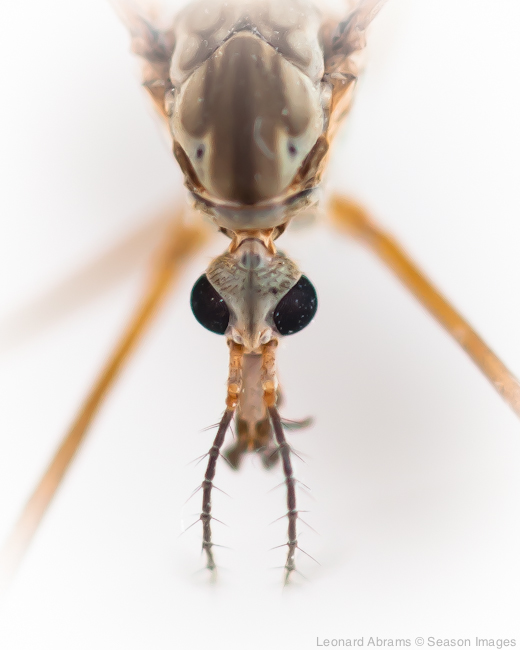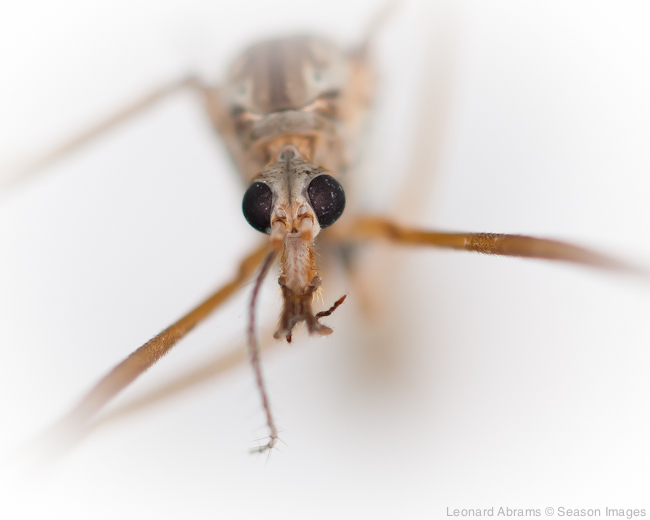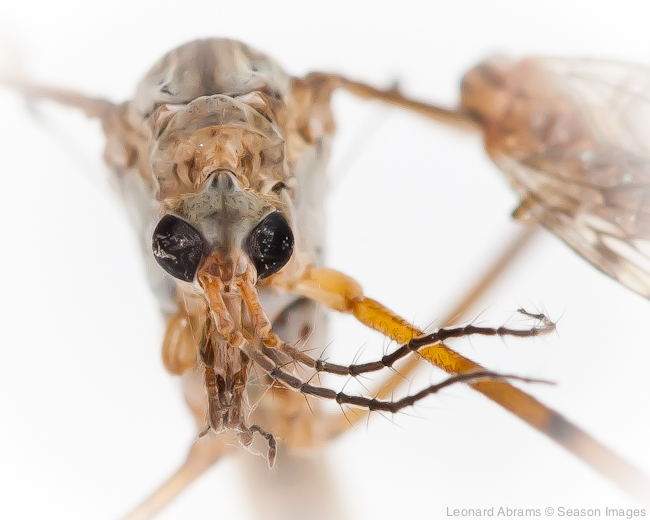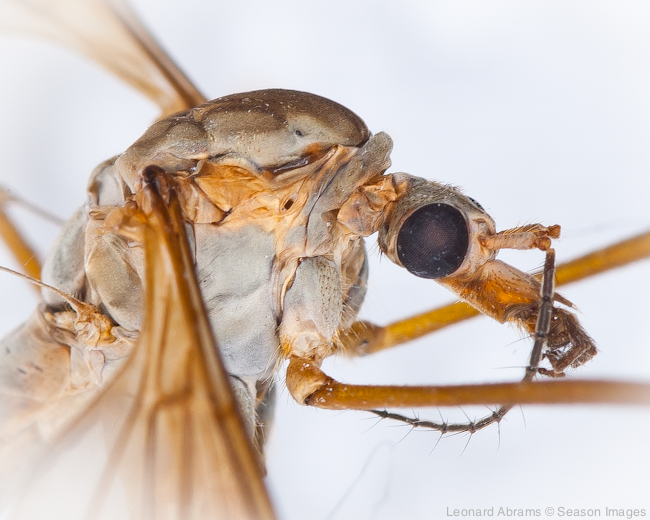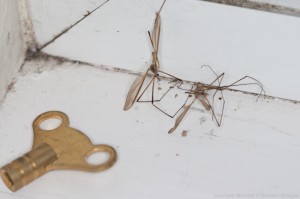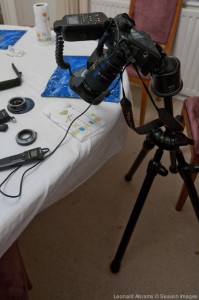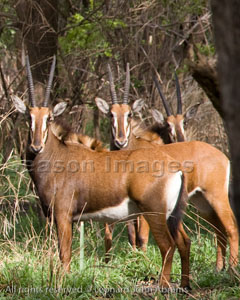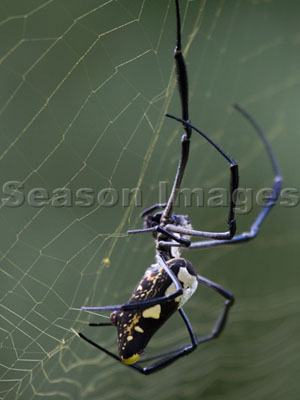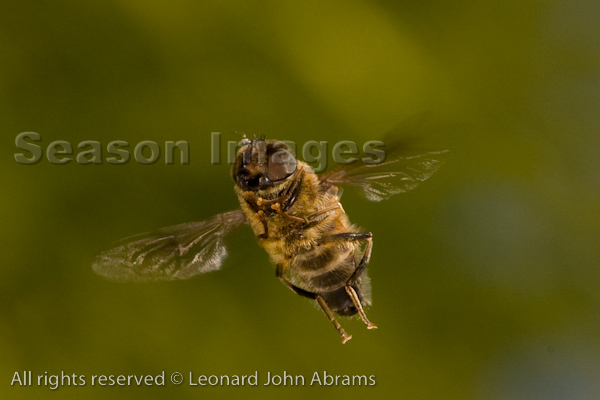I am very fortunate to live on the North Downs in Surrey, England where we have within our neighbourhood woodlands and a small pocket of chalk grassland. I only recently discovered the significance of chalk grassland through a community group formed in the Dome Hill neighbourhood of Caterham. All the property owners clubbed together to buy a stretch of grassland to avoid it being bought by developers and it turns out that this is a fairly unique parcel of chalk grassland which we are now preserving.
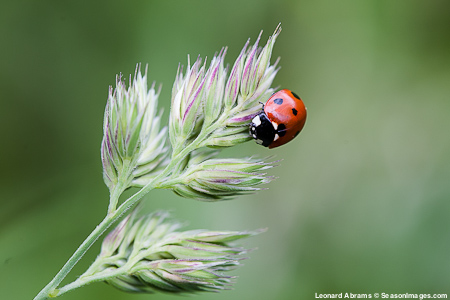
Why are Chalk Grasslands so special?
Chalk grasslands develop on shallow lime-rich soils, overlaying chalk rocks. Most of England was once covered by woodlands, but the Downs (in the south-east of England) were cleared by ancient people to graze animals, mainly sheep. This created an open landscape with few trees and shrubs, and species-rich grassland. It is one of the richest plant communities where up to 50 species of plant can be found in a square metre. The UK has about half of the world’s chalk grasslands. A wide variety of insects and wildlife can also be found here – some of the plants and animals are totally dependent on chalk grassland and cannot survive anywhere else. For further information visit the Old Surrey Downs web site.
I spent a couple of hours in a small section of our little parcel of grassland on Saturday 9 June 2012 with my camera and here are some of the results:-
